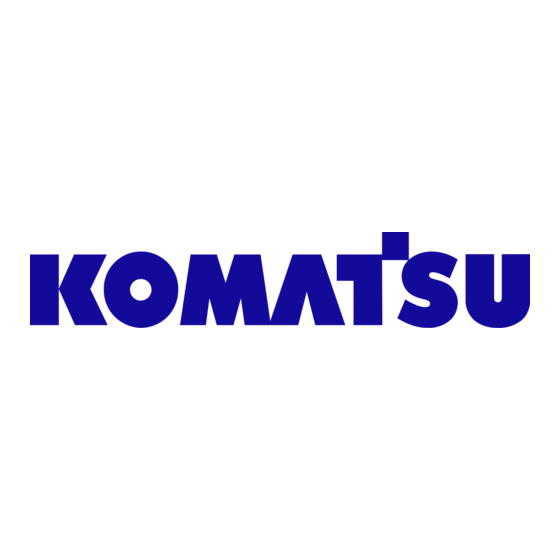
Table of Contents
Advertisement
Quick Links
Operation & Maintenance
Manual
PC40MR
PC40MRx
PC50MR
PC50MRx
HYDRAULIC EXCAVATOR
SERIAL NUMBERS
This material is proprietary to Komatsu America Corp. and is not to be reproduced, used, or disclosed except in
accordance with written authorization from Komatsu America Corp.
It is our policy to improve our products whenever it is possible and practical to do so. We reserve the right to make
changes or improvements at any time without incurring any obligation to install such changes on products sold previously.
Due to this continuous program of research and development, revisions may be made to this publication. It is
recommended that customers contact their distributor for information on the latest revision.
October 2003
-2
-2
-2
-2
PC40MR-2
PC40MRx-2 8001
PC50MR-2
PC50MRx-2 5001
Copyright 2003 Komatsu
Printed in U.S.A.
Komatsu America Corp.
SEAM055301T
8001
and up
and up
5001
and up
and up
Advertisement
Chapters
Table of Contents
















Need help?
Do you have a question about the GALEO PC40MR-2 and is the answer not in the manual?
Questions and answers